Learning to fly basic versus high-performance airplanes.
The majority of those who learn to fly are trained in small 2 or 4 seat aircraft that are simple, traditional designs that don’t go very fast. They generally don’t have a lot of power or carry much weight. There are some good reasons for these limitations and even though human nature influences us that more performance and more complexities are better, it is not always the case in the traditional stair-step method of learning to fly.
When I sat behind the controls of an airplane and took off for my first lesson I was surprised that even though I had a history of operating a wide variety of motorized vehicles and equipment, none of them had prepared me for the sensations of flight. The 3-dimensional characteristics of pitch, roll and yaw were different than any other machine I had ever operated. The very basic and simple Cessna 150 I flew seemed overwhelming in those first few hours. Sure, anyone can herd an airplane around the sky relatively easy, but to land safely, hold an altitude or fly a constant speed will take some training and practice. Additional tasks like navigating and talking on the radio, or dealing with distractions from traffic, passengers or weather all steal away precious brain power and usually result in degraded performance levels from the most basic task of flying.
The new student pilot is easily overwhelmed with the host of things going on at any one time during a flight. Heading and altitude control, power management and situational awareness, just to name a few. Additional tasks that require attention will soon overload the pilot. We have all been impressed with the highly publicized Sully Sullenberger event with the water landing on the Hudson. He seemed to be calm and decisive, aware and able to perform multiple tasks while still flying the airplane. He reached the aviation superhero category not because he is the most naturally talented pilot in the world. He possesses this ability because he has a career history of training, study, and practice. He too was likely overwhelmed on his first flight as a new student. We learn one thing at a time and with the help and encouragement of a good instructor begin to expand our ability to handle more and more jobs in a limited time frame. We learn to do one thing at a time, quickly, decisively and accurately, knowing there are many more tasks that also need to be accomplished. This is foundational to our progression. Ultimately, the objective is to become the pilot that can wisely multi-task and handle all the challenges the universe may throw out while prioritizing basic aircraft control.
This is the very most important skill to develop. You must learn to see, hear and feel the important, yet often subtle, clues that provide the information you respond to. A new student may hold his altitude perfectly while concentrating on this task, but the heading control will likely wander until he learns to quickly process information, react to it, and then move on to the next task. This constant cycle of assessment and reaction must continue throughout the entire flight. Each skill a student learns should be practiced until it can be done almost without thought so they become automatic and use very little brainpower, allowing the pilot to give adequate focus to all the requirements of flying responsibilities as they come up.
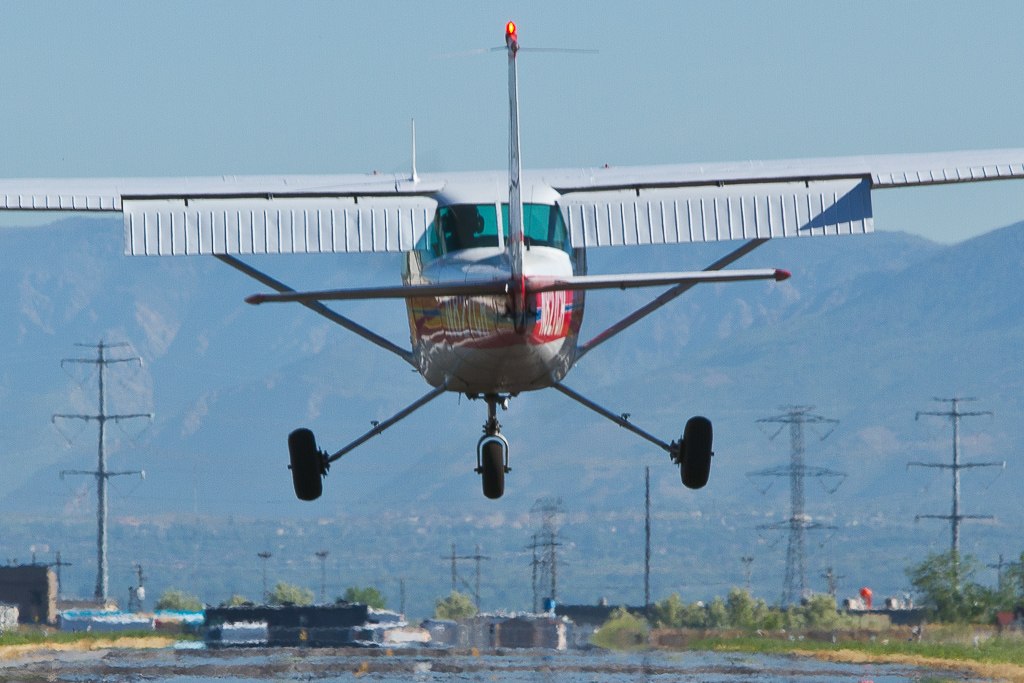
An aircraft that works best to teach the most basic flying skills of turns, climbs, descents and straight and level is one that is slow and simple in design. An airplane flying 100 knots will offer a much more clear, visual picture of a pitch or yaw change than one flying 150 knots. The picture from the pilot seat when transitioning from level flight to climb attitude is more pronounced and obvious in a slower and less powerful aircraft than a faster one. It’s easier for the instructor to point out and show the visual picture and teach aiming techniques and for the student to assimilate the information. I did not really learn the importance of the skill of attitude flying until I started working on my instrument rating because it was not stressed during my private. It was more difficult to go back and relearn these things, but it changed everything about my flying when I did. I found that I could fly the airplane easily with some level of precision while doing other things like navigating, adjusting radios or managing the engine once I had learned these foundational skills.
Fixed pitch propellers are commonly one of the simple characteristics of a basic trainer and help students learn power management in easy terms. Attached directly to the engine, the propeller turns at the same speed and offers its optimal performance only at certain phases of flight where its angle of pitch works best. The tachometer is the primary power indicator on fixed pitch applications and a student will notice RPM changes on the tachometer during different phases of flight, even though the throttle may not have been changed. The engine speed will advance when the aircraft is pitched down and airspeed is increased. This is due to reduced loads on the propeller allowing the engine to turn easier. Conversely, propeller speed decreases during climb as higher loads are imposed. These changes in engine speed are easily detected when you listen and students should learn to hear the subtle tone changes during flight. These sounds give important information to the pilot concerning power management during different phases of flight. As a student learns to pay attention to the subtle sound changes he will be better equipped to make small power changes during an approach to landing without being distracted by looking at the gauges.
We learn to use our senses to gather information critical to the flight. Eyes probably give us the quickest and most accurate information. Touch provides important feedback information, but through hearing we gain more information than we may realize. Not only do we receive information in the form of verbal communication, but by sounds we hear. Air noise becomes louder with increased speed, engines that aren’t running well make unusual sounds, engine speed, as mentioned is very important, and on and on. The more we use our sense of hearing, the more aware we are of what is going on. With practice, we learn how to more effectively use the information our senses automatically send to our brain and we develop accurate tactile responses to it.
In general, basic trainers usually have fixed landing gear systems, simple radio packages, uncomplicated fuel systems and very basic instrumentation. They have small engines with low horsepower. One reason for the lack of bells and whistles on these aircraft is cost. Most people who learn to fly do have a budget and are cost conscious. Every part that increases complexity also increases cost. I am convinced that the simple character of trainer aircraft is important for other reasons also. Those student pilots who are bogged down with a fast aircraft that is complex and heavy and equipped with sophisticated flight management systems may not learn basic flying skills as quickly or as well as those who learn in a slow and lower powered aircraft that is simple. They may also master the maneuvers to a higher degree of perfection and end up with skills that are more deeply ingrained. I understand there are exceptions to every situation and I am not suggesting that someone who learns to fly in a Cirrus, for example, will ultimately be less of a pilot than one who learned in a Cherokee. What I am saying is that I think many will learn quicker and retain better by using what I call a stair step method of learning. Starting at the bottom and move up the ladder one step at a time gives the safest and ultimately, most efficient way to the top. Occasionally missing a step is ok, but could be more risky and frustrating.
When my training was nearly finished in a Cessna 150, I got checked out in a 172. I remember thinking how fast and heavy this aircraft was during that flight compared to the 150. The transition was easy and the training only lasted an hour, but that small change in performance and weight would have added some degree of additional stress to the first few flights of my initial training had I done it in the 172. Imagine an additional 50 knots and 700 pounds. It still can be done, but more time will be spent catching up to the airplane and learning to see, feel and interpret the subtleties of flight.
What led me to be thinking about this topic was I started flying with a friend who wanted to transition to flying tail wheel aircraft. He recently bought a Cessna 185 and not only didn’t have any tail wheel experience but had never flown a high-performance airplane. Our first flight went well and consisted of mostly air work while he became acquainted with a manifold pressure gauge, a constant speed prop, fuel injection and double the horsepower of his previous aircraft. These factors, in addition to a heavier and faster airplane, definitely change the flying characteristics he was accustomed to in his little Cherokee 140.
And that’s not to mention the drastic difference of conventional gear airplanes. The 185 has a very springy landing gear, dramatic left turning tendencies and a less than responsive tail wheel steering system than some other tail draggers. They are very nice flying airplanes but require a high degree of respect and one should have good basic flying skills before jumping into this fire. These airplanes will keep you humble.
Once flying, the tail dragger is no different than any other airplane, though.
My comments in this article will be an effort to mainly describe the high performance check out information and not tail wheel operations. High-performance airplanes are generally described as one with at least 200 horsepower and the addition of a controllable pitch propeller. Retractable landing gear is often associated with complex or high-performance aircraft also. Fuel injection, turbo charging, and pressurization are common with them also although not necessarily part of the normal FAA required complex or high performance check out. Each of these features offers an advantage to make the aircraft go faster, climb quicker and be more capable.
Transitioning to High-Performance Airplanes
Without going to great detail, I will attempt to offer some observations about some of these features.
Horsepower – High-Performance Airplanes
More power is always a good thing, right? I, like many, would generally agree with this statement, but there are a number of considerations we should talk about. Higher power, with all its benefits, also means higher fuel burns and often complexities that come from additional fuel tanks and weight issues. More fuel has to be carried for long flights and center of gravity issues must be accounted for. Lateral imbalance can be a problem on some aircraft when pilots are not methodical about fuel usage throughout the flight. Fuel selectors and pumps can be more complex with the addition of more tanks and capacity. I have seen more than one accident from fuel starvation when there actually was still fuel on board the aircraft. The pilot had mismanaged the balancing of fuel and lost track of where fuel remained. In one situation, the pilot did not even consider switching tanks when his engine quit. He had used a nonstandard procedure to balance fuel and forgotten. Unfortunately, he crash landed the airplane in a field and later found he still had fuel in another tank. As I spoke with this pilot about the incident I realized how easy something like this could happen. Familiarity, training and emergency practice are so important.
More power means more torque, P-factor, and gyroscopic forces. These left turning tendencies impact coordination, ground track, and general control. Left unattended the consequences can be a problem and certainly are evidence of poor pilot technique.
More power means more heat. Engines with high power require more attention and care than low powered ones. Fuel leaning techniques are different and must be adhered to in order to prevent catastrophic damage from detonation and heat. Some aircraft utilize cowl flaps to help manage temperatures by controlling the flow of air through the engine compartment. During high power situations, cowl flaps should be wide open allowing maximum airflow for best cooling. During descents with power reductions, the cowl flaps should be closed to retain heat in the engine allowing the cooldown to be more slow and stable. This helps prevent uneven rapid cooling that can lead to cracks in the engine crankcase and cylinder heads.
More power means faster climb rates and often more airspeed. It’s easier to blow through airspace restrictions and controller limitations. Flight management is more challenging and requires planning to arrive at the right spot at the right speed and altitude. The aircraft having higher horsepower are also usually heavier and it becomes increasingly important to plan power reductions and descents in order to manage all that momentum. Small, low-powered, light aircraft respond much more quickly and are simply easier to manage.
When you begin flying high-performance airplanes, chances are good they will have fuel injection. Primary trainers are normally carbureted and slightly different techniques will need to be learned. Injected engines offer better fuel distribution and more precise control of fuel. Learning procedures become more important and pilots should learn about exhaust and cylinder head temperature management. Running engines “lean of peak” is possible with fuel injection. This technique, though still slightly controversial is becoming more and more accepted as operators find better economy, cooler temperatures, and longer engine life. Pilots need to spend some time learning the theory and technical aspects of it to be successful with it.
Turbochargers are another method of increasing horsepower on aircraft engines and require proper procedures or expensive and potentially dangerous consequences occur. A turbo acts as a powerful pump that forces high volume air into the engine. They use hot exhaust gas that would normally exit the engine through the tailpipe to be routed through this pump before it is dumped overboard. The exhaust gas spins a turbine wheel at enormous speed as it is forced through it. This spinning turbine drives another wheel that pushes cold air into the engine. Raw fuel is mixed with this pressurized air resulting in a dramatic power increase depending on how much boost is called for by throttle position. Turbochargers are most valuable when the aircraft is flying in high altitude environments where the air is thin and the plane slides through the air with the least amount of resistance. In this environment, a turbocharger enables the engine to operate at power settings sometimes even better than they would have at sea level. It artificially creates its own atmosphere inside the engine to take advantage of this thin air up high. The advantages of faster true airspeed, weather avoidance, and winds aloft are realized up high.
Propeller – High-Performance Airplanes
In the transition to high-performance airplanes, constant speed propellers become a normal feature. The name describes exactly what these propellers do. They allow the pilot to adjust the propeller to a rotational speed at which it is best suited for the phase of flight they are in, and then that speed will remain the same no matter what attitude the aircraft is put in. Fixed pitch propellers cause the engine speed to decrease when the aircraft is climbing and to speed up when the airplane descends, assuming a high power setting is maintained. Constant speed propellers allow engine and propeller speed to remain constant. The propeller has a hydraulic chamber with a piston inside the hub that is attached with links to the blades. When the piston moves the blade angles move also. A device called a prop governor supplies oil pressure through the center of the crankshaft and into the propeller hub where it works against a heavy spring and centrifugal force. As the oil pressure changes, it moves the piston and results in blade angle changes. The governor has a flyweight inside that, simply put, senses engine rpm and moves oil one way or another to cause the propeller blade angles to move in a way that compensates for the load changes to the engine as a result of climbs or descents. When the pilot puts the control cable in a particular position in the cockpit it tells the governor to keep engine speed constant no matter what the airplane does.
Now that we have a glimpse of how the system works, let’s talk about the practical use of it.
In simple terms, flat or low pitch produces highest engine speed and the most thrust for take-off performance. The propeller control should be full in and redline RPM should be obtained for take-off. When the aircraft reaches a point where cruise power is called for propeller RPM is reduced to a range that offers acceptable noise, economy, and efficiency. Think of it as gears in the transmission of a vehicle. Pilot operating handbooks will generally provide charts that call for settings that produce given results for cruise flight.
If an aircraft is equipped with a controllable propeller it will also have a manifold pressure gauge. This may be confusing in the beginning for fixed pitch flyers because up until now they have always used the tachometer for reference to power settings. Now the RPM will remain unchanged during throttle or aircraft attitude changes (except for very low or closed throttle operations). The manifold pressure gauge becomes the primary power indicator with the use of a constant speed propeller. Power will be measured in “inches” now, that is inches of mercury. Full throttle power at sea level will reflect about 28 inches of manifold pressure and will decrease by about an inch per thousand feet as you climb. At our local airport in Utah, we can only obtain about 24 inches on take off. The airport elevation is 4200 feet, so you can see how the math works out.
Your manifold pressure gauge will soon become very familiar and you will find it to more intuitive than it may seem. You will recognize with very little experience that various combinations of manifold pressure and propeller RPM will produce predictable results.
Landing Gears – High-Performance Airplanes
High-performance airplanes very often utilize retractable landing gear systems to reduce drag and improve speed. Some use electric motors driving gearboxes attached to linkages to move the gear. Others use hydraulic power packs and cylinders to provide the movement. Hydraulic fluid may be pumped by an engine driven pump or it may be done with the use of an electric motor. Some systems use only mechanical methods and require the pilot to move a lever bar that puts the gear in its desired position. Some landing gear systems are very simple and easy to understand, others, are very complex and go through several sequences to complete a cycle of the landing gear. Whatever system is used the pilot should become very familiar with it in great detail.
All landing gear systems in certified aircraft employ an emergency extension procedure that can be used in the event of a failure. These instructions, though not completely foolproof are very reliable and pilots should spend whatever time and effort is necessary to understand them. When the time comes that you are required to lower the gear with the emergency extension system you do not want to be wondering if you are doing it right. I often invite owners to perform the emergency procedures while the aircraft is on the jacks in my shop during an annual inspection. This takes a great load of stress off when the action needs to be done in a real emergency.
Learning to fly a retractable aircraft is not hard but there are some important things to consider. Most switch handles require a pull aft or out before the handle is allowed to move to the up position. This helps prevent inadvertent movement of the switch. On take off, unless there are some important performance reasons to consider the gear should be left down until there is no possibility of using any remaining runway if the engine fails. A tap on the brakes stops the turning wheels and the gear handle is then moved to the up position. Once the gear is up you should note whatever indications there are to insure the job is finished. My old Cessna 210 has a hydraulic gear system with an engine driven pump. When the landing gear legs reach the limit of travel during retraction, they each contact a micro switch. When all three switches have been closed a light illuminates on the instrument panel. The light indicates the system is now ready to close the landing gear doors and with the circuit complete the power pack reroutes hydraulic fluid to do that job.
Once the doors close the pressure builds in the system to a point where another valve moves and reroutes fluid to stop pressurizing and simply circulate. As this happens the landing gear handle moves to a neutral position and the entire cycle is complete. The entire process may take 15 to 20 seconds. The pilot must be aware of all the steps of this sequence and make sure each one is completed. If it has any malfunction, the last, but very important rerouting of fluid does not occur and high pressure (like 1800psi) remains in the system resulting in super high fluid temperatures and extreme wear and tear. Verification of the gear handle movement to the neutral position is very important to keep your system from self-destruction. My point with sharing all this information is to emphasize how important it is to know how your system works and understand its quirks.
Your check out should include learning strategies to make sure you never land with the gear retracted. I have personally witnessed several gear-up landings and the pilots seem to always report the landing was pretty smooth, but unusually loud. I can verify that they tend to be very expensive to repair and should be avoided. Strategies must be developed to ensure it never happens.
I try to always lower the landing gear at the same point, usually midfield downwind. I encourage people to find a point that works for their style that it becomes a habit and each time they reach this point they naturally lower the gear. When this spot is reached, I run through the common “GUMP” mental checklist. Gas, Undercarriage, Mixture, Prop. This should be a methodical, carefully job done early enough that each step can be slowly and surely done to completion. Plan on it taking 30 or 40 seconds so each step is focused on long enough to be complete. It should be done when turns, radio calls or other tasks do not distract.
- Gas is a verification of the fuel selector is set to a tank with plenty of fuel. Some aircraft require an electric fuel pump to be turned on and this should be done at this point.
- Undercarriage means a glance at the airspeed indicator to verify you are below the max gear operating speed, then movement of the landing gear handle down. Wait for the green light and cycle to be completed before moving on. I often put my finger on the green light until it illuminates. This way I can keep my eyes outside while the gear is in movement. Once the light is on you can move to the next step.
- Mixture means richening the mixture to a position appropriate for take off.
- Propeller finishes the checklist and the pilot should smoothly and carefully advance the propeller control to high RPM. I usually wait to do this part of the check until power is reduced to lower the chance of propeller surging.
Now you can focus on landing the airplane. I make one final check on short final by means of a quick glance down at the green light and say out loud “gear is down”. Now I am back, eyes outside, concentrating on a good landing.
Most mishaps occur when there is some type of distraction going on. Perhaps a traffic conflict, controller instructions or an airplane problem that occurs at the same time the pilot would normally be running the checklist and lowering the landing gear. Somehow you need to develop the ability to accomplish these tasks no matter what else is going on around you. This is what flying complex aircraft is all about. Prioritizing and multitasking are part of the game.
Final Thoughts
Flying high-performance airplanes presents new challenges, new things to learn and a feeling of pride handling more complex systems than your basic trainer. If you will be using an airplane to travel on a regular basis chances are good you will eventually move into something with more speed. Usually, this means some or all of the things I have described here will apply. Hopefully, some of these ideas will be helpful.








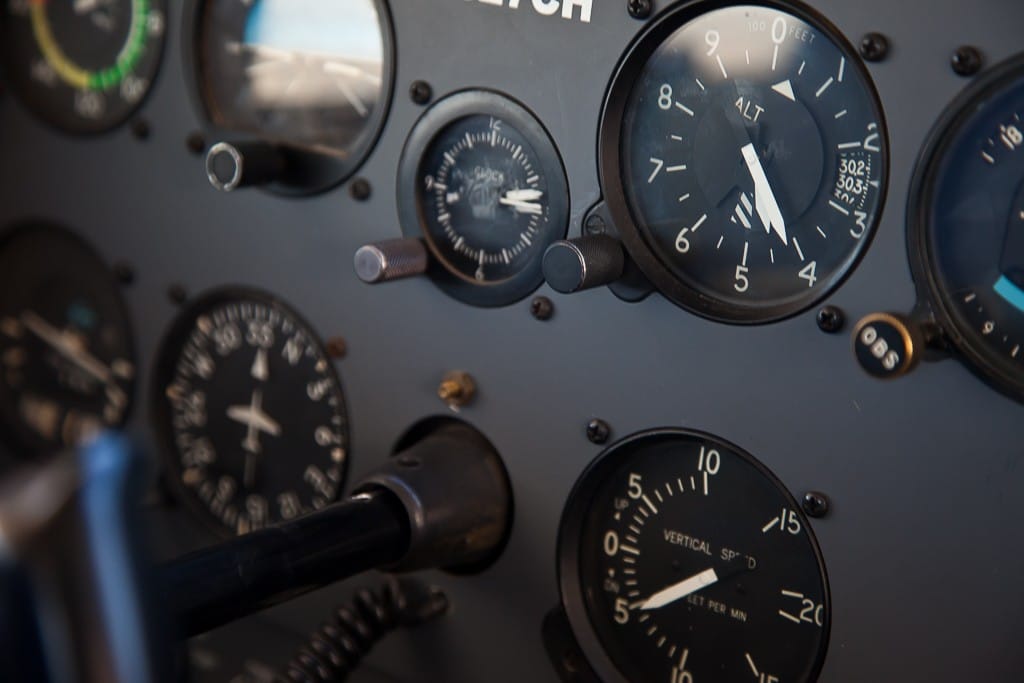
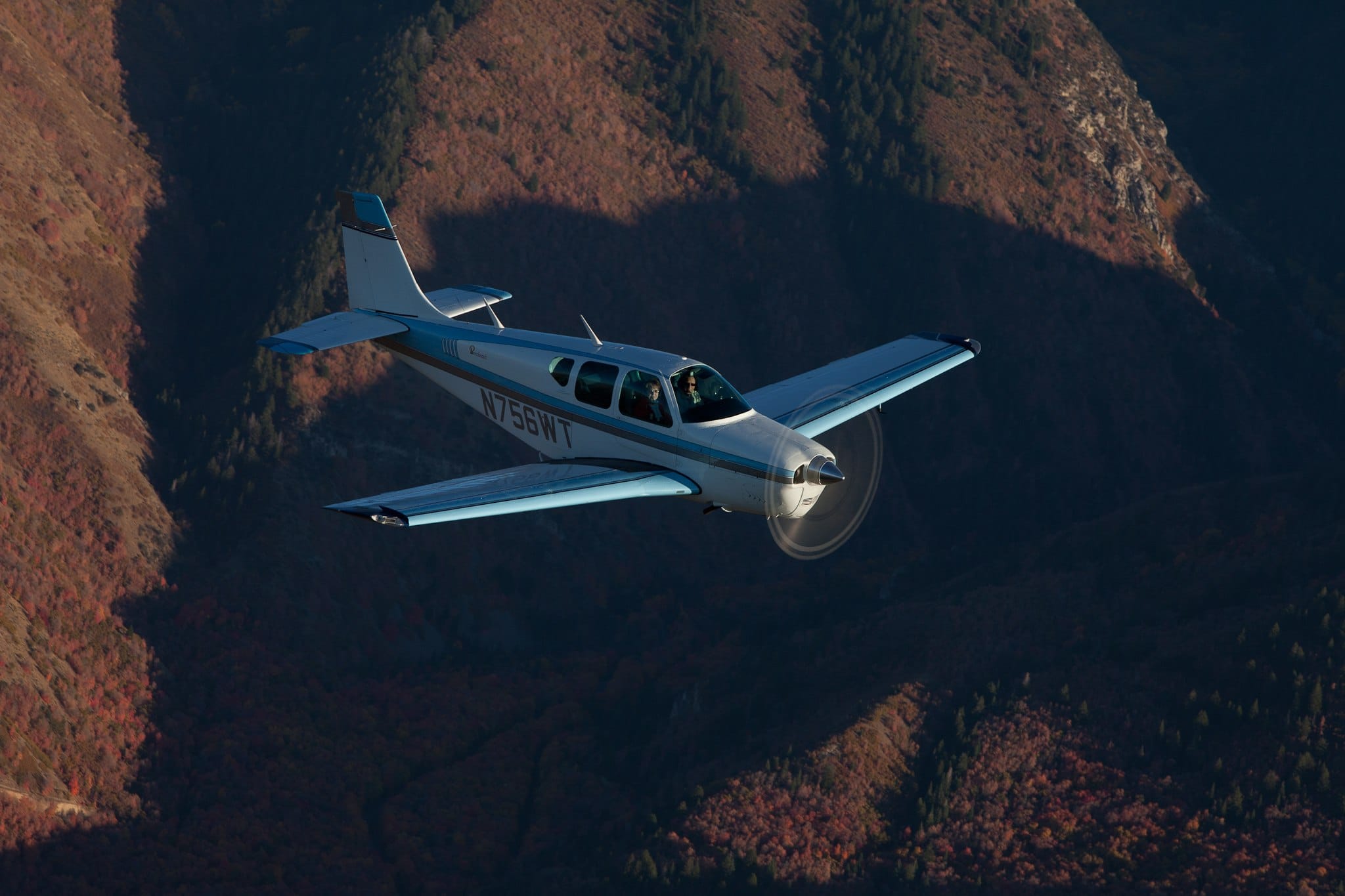

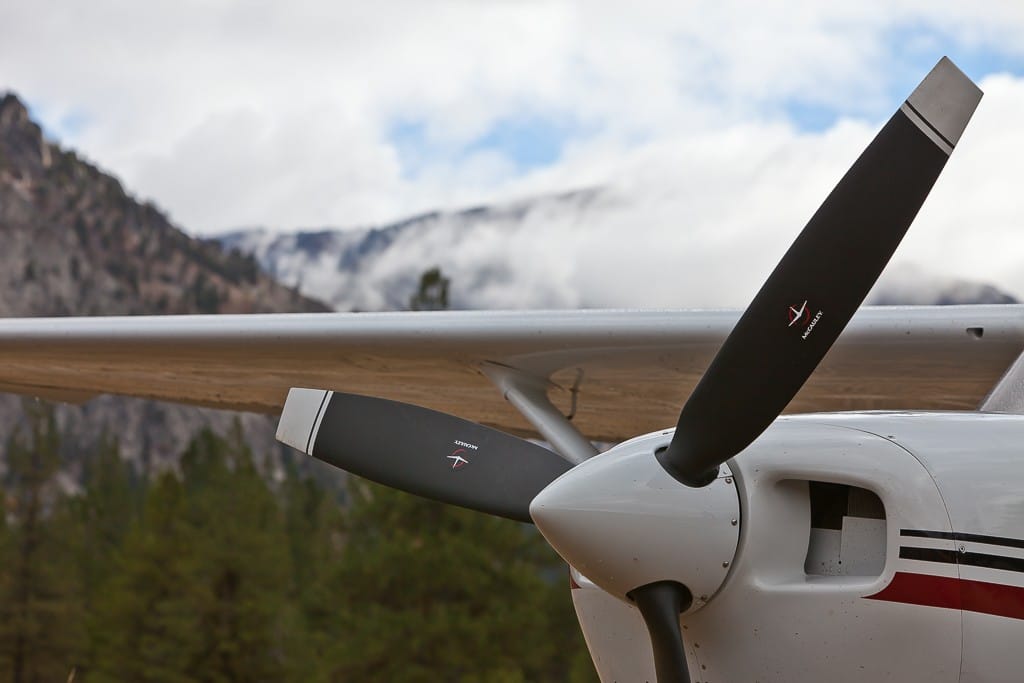
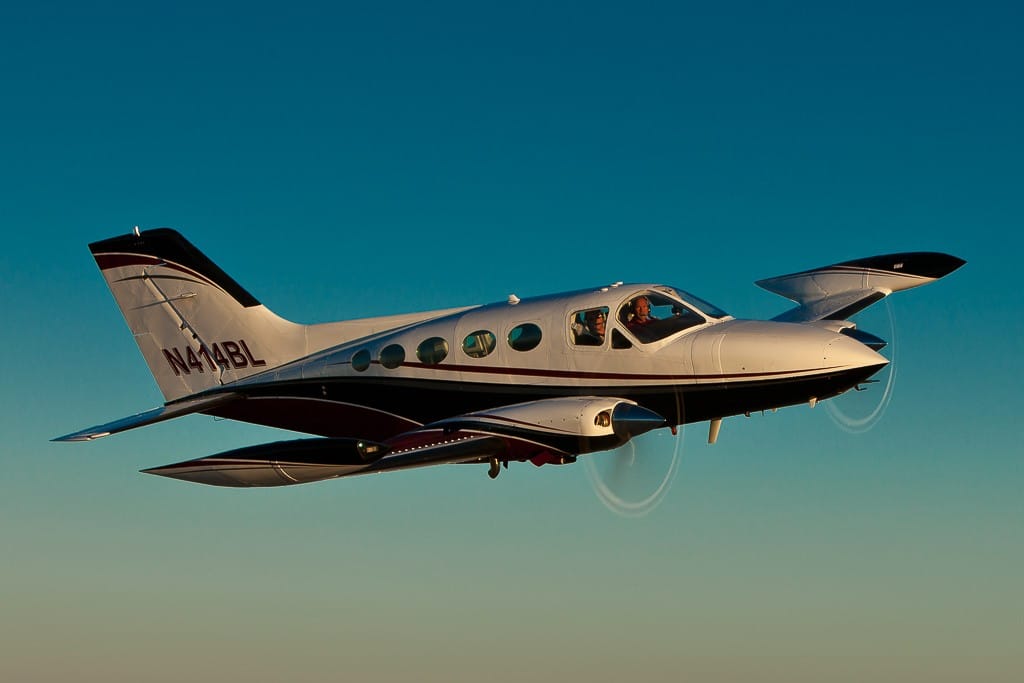





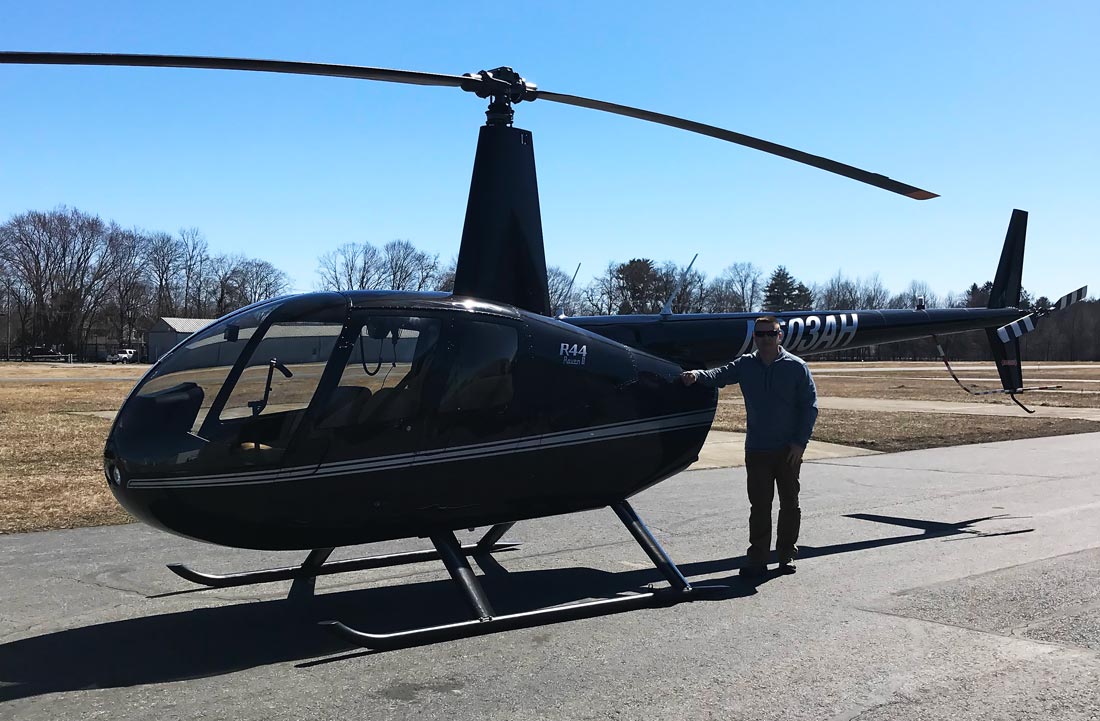

1 Comment